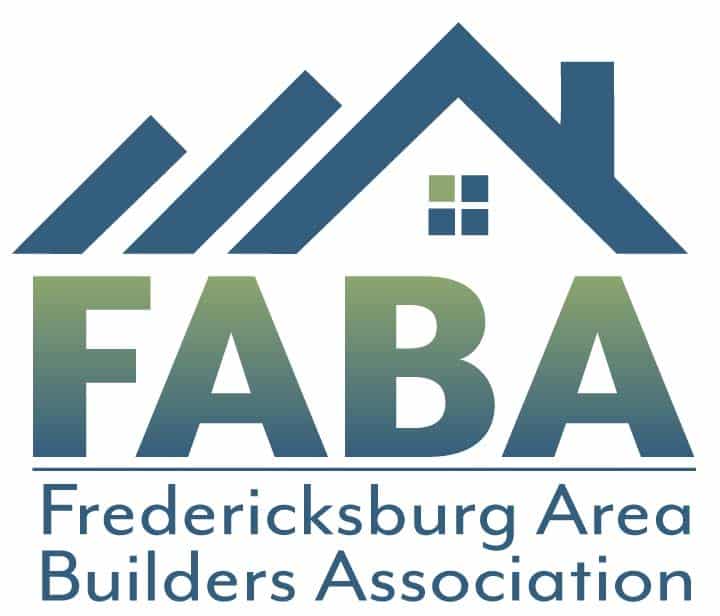I was reading my emails this morning and one of my favorite people, John Stark, sent another in a series of emails about a camping trip he recently took and the wood bundles people were selling in front of their homes on the road leading to the campground.
John writes about value pricing as opposed to hourly pricing and the email was asking what you would do if the going rate for these bundles is $3.00 and one neighbor lowered her price to $2.50.
Here’s a snippet:
Let’s say you live near a popular campground. To make a little extra money, you and all your neighbors sell firewood at the end of your driveways for $3 per bundle.
You know that your cost per bundle averages out to $2, so each sale nets you $1 of profit per bundle.
You know your neighbors’ prices (i.e., $3/ea) but you don’t know their costs, so you don’t know what their net profit per bundle is.
Then one day, your neighbor Alice lowers her price to $2.50 per bundle.
And then the next day, your neighbor Bob lowers his price to $2.00 per bundle.
Your move.
What would you do?
This got me thinking about how knowing your audience would be beneficial in this situation.
On the average, are the campers in this campground amateurs?
Is the average stay a weekend?
Is this campground a mecca for professionals?
Are these long term campers?
Let’s look at two scenarios…
1) This campground is frequented by mostly amateurs looking for a get-back-to-nature experience.
These campers know they need wood for a campfire. They also know that finding wood in the woods is easy. Because of their inexperience, they haven’t considered the five days of rain before they arrived or the 50 other camping enthusiasts who are on the mountain for the same “get-back-to-nature” experience.
To them the wood on the side of the road is a commodity. They think $2.50 is a crazy price to pay when they can can walk around and pick up wood off the ground.
In this case, a price war with your neighbors may be inevitable and necessary. There is no perceivable value to this audience and they will base their decision solely on price.
2) This campground is rough terrain and outdoor enthusiasts who frequent this area are experienced campers who may stay 5 or more days.
The enthusiasts know how critical dry wood can be for a successful camping trip. Fire, and therefore wood, is a consideration from the moment they start planning. They watch weather reports days in advance to understand what they are likely to find on their own.
Although they know how and where to find dry wood in a pinch, they would pay a premium for dry wood. If you added some kindling, some water proof matches and some kind of biodegradable or safe-to-burn wrapper (a negligible total cost) they would pay $6 or $8 or maybe more per bundle.
These people will make the purchasing decision based on the value the bundle of wood provides. Raising your prices, while seemingly counterintuitive, would work better for this crowd than participating in your neighbor’s price war.
How can you apply this to the home improvement industry? Good question.
If you want to sell 50 year architectural shingles with copper valleys, trim and gutters you wouldn’t want to market in your standard 40 x 100 lot neighborhood where they are programmed to pay $250 to $300 per square.
It would be a waste of your time.
The lion’s share of your market lives in neighborhoods with million dollar plus homes where home values are much more dependent on aesthetics and curb appeal.
You provide value by solving one or more of these pain points:
I want my house to look beautiful (aesthetics)
I am selling and need to add some value to my house (equity)
Carol just had hers done now mine looks like crap! (jealousy)
There is an HOA and standards to meet (requirements)
I want the best of the best no matter the cost! (vanity)
The customer is focused more on the outcome than the cost. A $65,000 or $75,000 roof makes much more sense for these customers. Plus, because you’re not competing on price, the opportunity to price on the value you provide becomes much easier.
In the buying cycle pain motivates action and a solution that removes the pain provides immeasurable value for your client – a value they are willing to pay for.
Knowing your ideal client and your market are incredibly powerful tools.
If you didn’t know who your market was you would enter that price war with your neighbor over a bundle of wood or a price war with a competitor over a $200 per square roof.
Avoid price wars and learn who you are marketing to. It will save you time. It will make you more money. It will make you happier.












